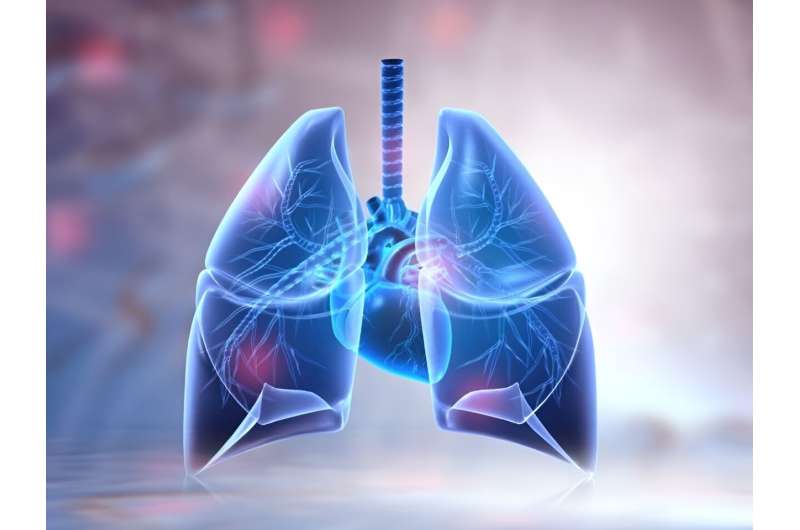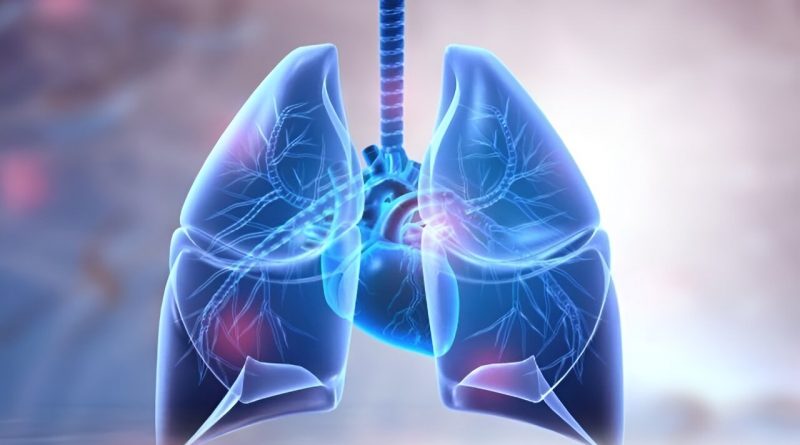Suspected bronchiectasis linked to mortality with normal spirometry

For adults with a history of smoking and normal spirometry, suspected bronchiectasis is associated with an increased risk for all-cause mortality, according to a study published online Oct. 3 in the Annals of Internal Medicine.
Alejandro A. Diaz, M.D., M.P.H., from Brigham and Women’s Hospital in Boston, and colleagues examined the association between suspected bronchiectasis, ascertained using artificial intelligence-based measurements of an airway-to-artery ratio greater than 1, and mortality in adults with normal spirometry, preserved ratio impaired spirometry (PRISm), and obstructive spirometry in a prospective observational cohort.
A total of 7,662 non-Hispanic Black or White adults aged 45 to 80 years with 10 or more pack-years of smoking history were included in the Genetic Epidemiology of Chronic Obstructive Pulmonary Disease (COPDGene) cohort and were stratified into normal spirometry (3,277), PRISm (986), and obstructive spirometry (3,399).
Overall, 17.6 percent of the participants had suspected bronchiectasis. The researchers found that 2,095 participants (27.3 percent) died during a median follow-up of 11 years. Higher 10-year mortality was seen for those with suspected bronchiectasis versus those without suspected bronchiectasis (differences in mortality probability [95 percent confidence intervals], 0.15 [0.09 to 0.21], 0.07 [−0.003 to 0.15], and 0.06 [0.03 to 0.09] for normal spirometry, PRISm, and obstructive spirometry, respectively).
The differences were attenuated in the normal spirometry group when only computed tomography was used to identify bronchiectasis (difference in mortality probability [95 percent confidence interval], 0.04 [−0.001 to 0.08]).
“We found that suspected bronchiectasis is associated with higher all-cause mortality,” the authors write.
More information:
Alejandro A. Diaz et al, Suspected Bronchiectasis and Mortality in Adults With a History of Smoking Who Have Normal and Impaired Lung Function, Annals of Internal Medicine (2023). DOI: 10.7326/M23-1125
Journal information:
Annals of Internal Medicine
Source: Read Full Article
